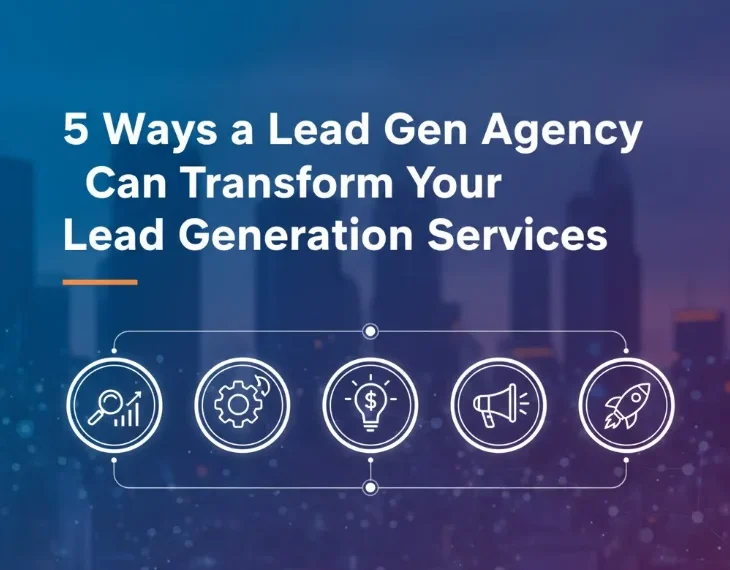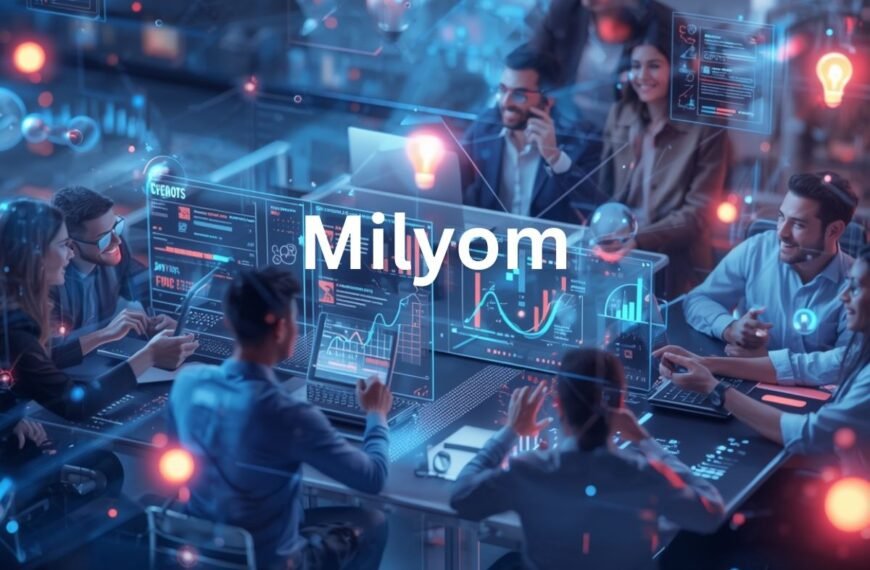GIFs (Graphics Interchange Format) are animated images that loop continuously, making them popular for memes, social media, marketing, and digital communication.
They have been around since the 1980s and are still widely used for memes, social media, and digital marketing.
While GIFs are engaging, they have limitations like large file sizes and outdated compression methods. In this guide, we’ll explore how to optimize GIF and consider better alternatives.
Why Are GIFs Still Popular?

Despite their technical drawbacks, GIFs remain popular due to several factors:
- Instant Engagement: Their looped animations quickly grab attention, making them ideal for marketing and social media posts.
- Easy Sharing: GIF’s work on almost all platforms without requiring additional software.
- Cultural Significance: They have become a universal language for expressing emotions and reactions online.
- Nostalgic Appeal: The retro look of GIF reminds users of the early internet era.
Challenges and Limitations of GIFs
While GIFs are useful, they have some major drawbacks:
- Limited Color Palette – GIF-s support only 256 colors, which affects image quality.
- Large File Sizes – GIF.s can be heavy, slowing down websites and increasing load times.
- Lack of Audio Support – Unlike videos, GIF’s don’t include sound.
- Inefficient Compression – The outdated LZW compression method leads to unnecessarily large files.
To overcome these issues, optimizing GIF is essential.
How to Optimize GIFs for Better Performance
Reduce File Size with Compression
Using GIF compression tools can significantly reduce file sizes without major quality loss. Here are some top tools:
- EZGIF
- ShortPixel
- TinyPNG
Compression reduces bandwidth usage and improves loading speed, making GIFs more user-friendly.
Resize GIF Dimensions
Reducing the dimensions of a GIF lowers its file size. For example:
- A 700×432 GIF resized to 500×309 can cut file size by over 90%.
- Use tools like Photoshop, EZGIF, or GIMP to resize GIF’s effectively.
Reduce Frame Count
GIFs consist of multiple frames. Removing unnecessary frames lowers the file size. Some ways to do this include:
- Decreasing the frame rate from 30fps to 15fps.
- Removing duplicate frames using EZGIF or ImageMagick.
Convert GIF to Modern Formats
Instead of using bulky GIFs, consider converting them to WebP or AVIF. These formats offer better compression and quality.
| Format | File Size Reduction | Quality Retention |
| GIF | – | Moderate |
| WebP | ~29% smaller | High |
| AVIF | ~56% smaller | Very High |
To convert GIFs, try these tools:
- CloudConvert (for WebP/AVIF)
- ShortPixel
Use Content Delivery Networks (CDNs)
For website owners, using a CDN (Content Delivery Network) improves load times by serving optimized GIFs from the closest server. Popular CDNs include:
- Cloudflare
- Amazon CloudFront
Use CSS Animations Instead of GIFs
Instead of using large GIF’s for website elements, consider CSS animations. They load faster and improve performance.
Example CSS animation:
@keyframes bounce {
0%, 100% { transform: translateY(0); }
50% { transform: translateY(-10px); }
}
.element {
animation: bounce 2s infinite;
}
Best Alternatives to GIF-s

If GIF-s aren’t the best option, consider these modern alternatives:
WebP Animation
- Smaller file size than GIF’s
- Higher quality with better compression
- Supported in Chrome, Edge, and Firefox
APNG (Animated PNG)
- Better color depth than GIF.s
- Lossless compression
- Compatible with most modern browsers
MP4 & WebM Videos
- Far better compression and quality
- Supports audio
- Recommended for large animations
Example HTML code for using MP4 instead of GIF:
<video autoplay loop muted>
<source src=”animation.mp4″ type=”video/mp4″>
<source src=”animation.webm” type=”video/webm”>
</video>
Final Thoughts
GIFs remain a fun and engaging way to share content, but their technical limitations require optimization.
By compressing, resizing, and converting GIF’s to newer formats like WebP and AVIF, you can improve performance and reduce load times.
If you’re working on a website, using CSS animations, MP4 videos, or APNGs can provide a better user experience than traditional GIF-s.
By implementing these strategies, you can make your content faster, more efficient, SEO-friendly, visually appealing, engaging, user-friendly, and optimized for better performance.
FAQs
What is a GIF?
A GIF is an animated image that loops continuously without sound, commonly used online.
Why are GIFs still popular?
They grab attention, are easy to share, hold cultural significance, and have nostalgic appeal.
What are the downsides of GIF?
GIF’s have large file sizes, a limited 256-color palette, and no audio support.
How can I optimize GIF’s?
Compressing, resizing, reducing frames, and converting to newer formats improve performance.
Which formats are better than GIFs?
WebP, AVIF, APNG, and MP4 provide better quality, compression, and smaller file sizes.
Can CSS animations replace GIFs?
Yes, CSS animations are lighter, load faster, and improve website performance.
How do CDNs help with GIF’s?
CDNs serve optimized GIF from nearby servers, improving load times and user experience.
Should I use GIF.s for websites?
It’s better to use WebP, MP4, or CSS animations for faster loading and better performance.









